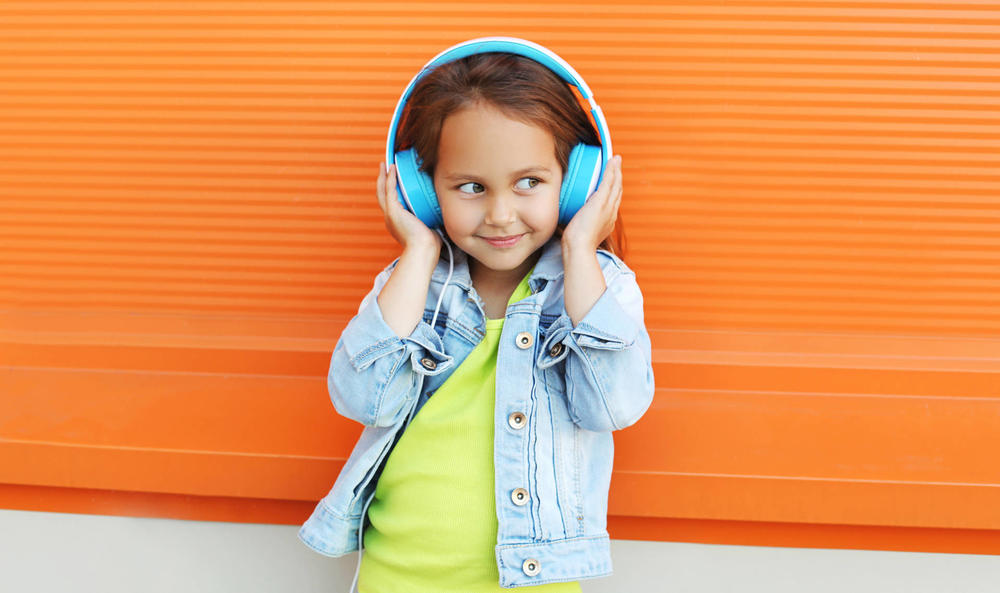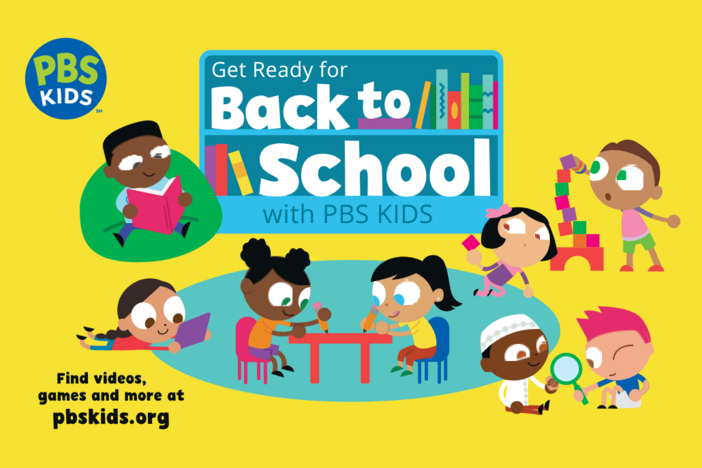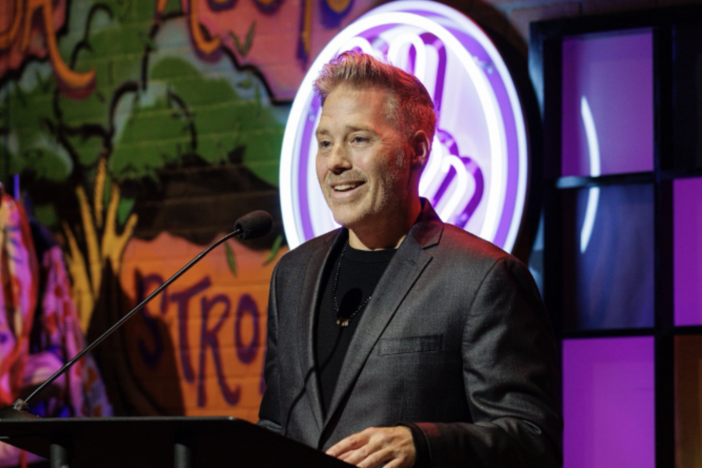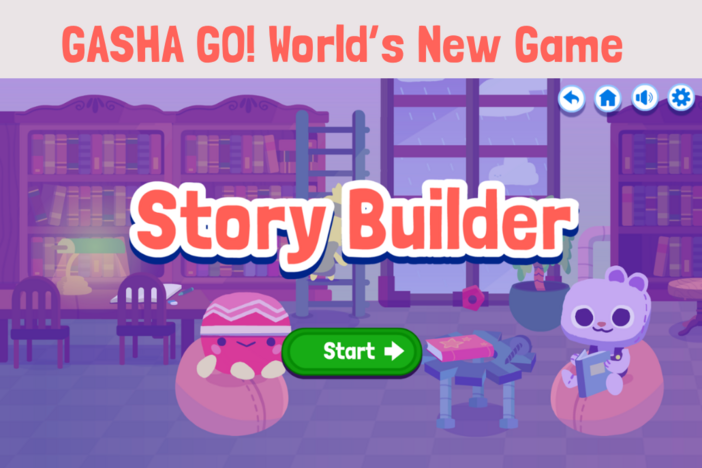
Section Branding
Header Content
5 Ways To Incorporate Music Into Any Classroom
Primary Content

Music’s ability to enhance our learning is tremendous. Take, for example, a radio or television commercial. Because music and memory are intrinsically linked, commercials often incorporate a catchy jingle or rhythmic catch phrase as a way to stick in the audience’s memory. Or think back to how you memorized the ABCs or learned to clean up and do your share. Both likely began with a song.
Beyond its ability to help us learn, music also has the unique ability to provoke or calm emotions. This explains why we categorize our music into playlists for certain occasions. This engagement with music is natural and should not be forgotten in the classroom. Because music has an equally powerful influence on the way students learn and feel, below are ways it can be incorporated into the classroom.
1. Classroom Management
Play music to signal transitions within the classroom or a rhythmic clap to get students’ attention. While commonly used in early and elementary classrooms, even middle and high schools incorporate this concept using the sound of a bell or jingle to indicate a class change. Incorporating a musical cue into your classroom will help students recognize what to do next and result in a smoother transition between activities.
2. Time Management
The jeopardy jingle is to teachers as the Kahoot music to today’s students, and both indicate a timed response. Using a short song can encourage students to use their time wisely and respond to instructions within a reasonable timeframe. This strategy is great for assignment responses, setting up a station, or reorganizing the classroom.
3. Energy Level Management
Regardless of grade level, there will be kids full of energy and bouncing off walls. Playing soft, low key music in the background can help soothe high energy kids and help them focus on a task at hand. On the flip side, if you want students to burn energy quickly, dancing to a fast-paced song (think “Hokey Pokey” or “Heads, Shoulders, Knees, and Toes”) can help release built up energy. GoNoodle is also a great free resource for getting the wiggles out!
4. Learning new concepts
Rote memorization of new information, like formulas and parts of speech, can be mind numbing. With music-based resources like Flocabulary (a modern learning program that uses educational hiphop to engage students) and Schoolhouse Rock (the granddaddy of them all), students are able to grasp new concepts while listening to catchy songs.
5. Demonstrating Understanding
Incorporating musical expression into an assignment is a great way for students to express their creativity and understanding of a concept. Try assigning students to write their own songs lyrics that relate to a new concept, or have them create a playlist for a specific character or historical figure.
How do you use music in the classroom? Let us know in the comment section below!
Music has a powerful influence on the way students learn and feel. Here are ways it can be incorporated into the classroom.





